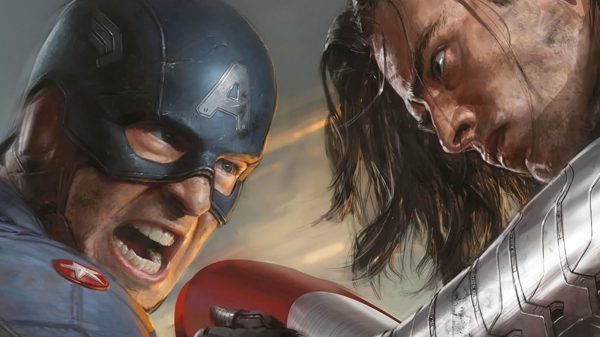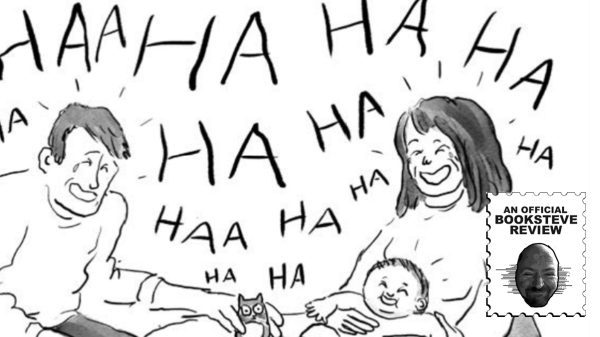

More than sixty years before Martin Scorsese depicted the New York gangsters in films like “Mean Streets” and “Goodfellas”, directors like D.W. Griffith and Raoul Walsh were depicting gritty, uncompromising views of the criminal underbelly of the city in films that continue to impress viewers with their raw attention to street life and criminal activity.
What’s surprising is just how relevant these early gangster films feel today.
Rather than seeming merely like artifacts from a long-ago past, they instead breathe with life and energy that is matched by the best work of Scorsese in modern times. It’s interesting to examine two of the most influential films from that early period.
The gangster film has had a long life as a genre, nearly as old as cinema itself.
In the late 1920s, gangster pictures had become quite popular through films like “Underworld” and “The Dragnet” (both directed by Josef von Sternberg), and “The Racket”, directed by Lewis Milestone and featuring Louis Wolheim as a kind of pre-cursor to the kind of gangster played by Edward G. Robinson.
The real turning point was the introduction of sound film, which allowed audiences to not only see but hear the gangster street slang, the screeching of tires during a police chase, and of course, the machine gun fire during the climactic shoot-outs. The film that started it all was “Little Caesar”, directed by Mervyn LeRoy and starring Edward G. Robinson, made by Warner Bros. in 1930. The following year saw “The Public Enemy”, which made James Cagney a star in a fantastic performance guided by director William A. Wellman. Perhaps the toughest gangster picture of all was Howard Hawks’ “Scarface”, which was so violent that its release was delayed nearly two years until matters of censorship could be sorted out!
The instituting of the Production Code in 1934 put an end to the blatant law-breaking and violence of the gangster picture, at least as audiences up to this point were familiar with it.
To really get back to its roots, though, one need only look at D.W. Griffith’s “The Musketeers of Pig Alley”, which was made in 1912 and feels as timely as ever.
“Pig Alley” tackles the common trope of a down-on-his-luck young guy in the big city who ends up getting sucked into a life of crime. The film is set in New York’s Lower East Side. Some of the shots evoke the setting with a documentary-like realism. What’s remarkable though is that, according to historian Richard Koszarski, Griffith apparently shot these scenes not in the Lower East Side, but in Fort Lee, New Jersey, across the Hudson (right near the George Washington Bridge). Intriguingly, Martin Scrosese would return to the Fort Lee location nearly 80 years later when he made his gangster classic, “Goodfellas”, according to the book, “Fort Lee: Birthplace of the Motion Picture”.
The film features such Griffith stars as Lillian Gish, Robert Harron and Harry Carey, but the standout is Elmer Booth, whose career was cut tragically short after his death in a car crash.
Coming just a few years later, Raoul Walsh’s debut feature, “Regeneration”, was produced in 1915 by the Fox Film company, and took full advantage of shooting on location in the streets of New York.
Walsh’s film tells the story of a boy who grows up on the mean streets of New York and flees his alcoholic father, eventually turning to a life of crime. The lead character, Owen, was played by Rockliffe Fellowes, who delivers a remarkably understated and natural performance in the film (ironically, Fellowes is probably best remembered today for his comic performance of the gangster Joe Helton in the Marx Bros.’ MONKEY BUSINESS). There are some scenes, such as those in a dance hall, that just breathe with live and energy in a way that few films from any era really do.
The film also features a charmingly understated performance by Anna Q. Nilsson. It depicts the same kind of slum life that Griffith had dealt with so effectively in “The Musketeers of Pig Alley” three years earlier, but Walsh imbues his film with location photography that brings the drama to life in very visceral ways. Walsh’s film also stands as one of the seminal, early feature-length films of the American film industry.
These two films are tremendously important fore-runners of the New York gangster film that would really flourish in the hands of directors like Martin Scorsese.
Their raw, uncompromising presentations of criminal life on the mean streets of New York would inspire future filmmakers, and would offer a gritty portrayal of criminal life that was essentially prohibited under the Hollywood production code for decades. It was with the relaxation of the code in the late 1960s that this kind of portrayal would really become possible again, and paved the way for a uniquely American genre that has continued to remain popular nearly a century later.








































































































You must be logged in to post a comment Login